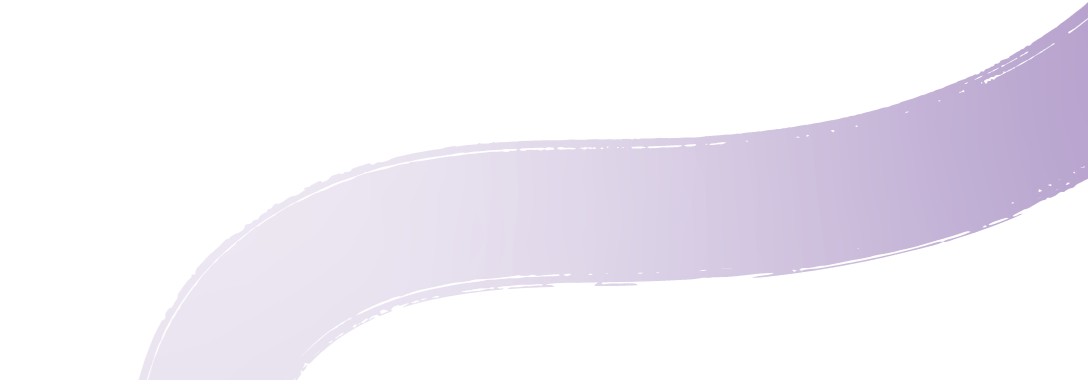Early Learning Victoria is committed to ensuring children receive adequate sleep and rest in a safe and comfortable environment.
Sleep is essential for children’s learning and development, as it gives their bodies time to rest and recuperate, ensuring they are ready to learn and play. Early Learning Victoria recognises that the supervision and safety of children during sleep and rest is paramount and ensures that safe sleep practices are adhered to.
1. Scope
This policy applies to children, families, staff, management and visitors of Early Learning Victoria centres. This includes volunteers, students on placement and contractors or labour hire employees of Early Learning Victoria.
2. Policy statement
This policy provides guidance to ensure:
- children at Early Learning Victoria receive sufficient sleep, rest and relaxation to ensure their health, wellbeing and developmental needs are met
- all sleep and rest practices take into consideration the individual needs, rights and autonomy of every child
- centre staff build and maintain strong relationships with families to understand their child’s individual relaxation and sleep requirements
- Early Learning Victoria complies with the Education and Care Services National Law Act 2010 (the National Law), Education and Care Services National Regulations 2011 (the Regulations) and current best practice in all matters relating to sleep and rest.
2.1 Requirements
Under the National Law and Regulations, Early Learning Victoria must ensure:
- all centres maintain well-defined policies on sleep and rest
- that this policy is always available for inspection at the centre
- centre staff take reasonable steps to ensure the sleep and rest needs of children at Early Learning Victoria are met, with regard to their age, developmental stages and individual needs
- all centres comply with WorkSafe Victoria’s Children’s services occupational health and safety compliance kit
- that the health, safety and overall wellbeing of children is prioritised, taking every reasonable precaution to safeguard them
- that educational programs and routines provide adequate opportunities for each child to sleep, rest and engage in quiet play activities.
3. Actions and procedures
3.1 Responsibilities of families
Families are responsible for:
- understanding and following this policy and Red Nose Australia’s guidelines for safe sleep practices
- speaking with their child’s educator about their child’s rest and sleep patterns, including sleep times and length of sleep
- communicating any concerns relating to sleep and rest to the centre as soon as practicable
- providing information as requested by Early Learning Victoria (for example, a medical report relating to sleep arrangements if their baby or child is not to be placed on their back for sleep)
- respecting the rights of educators to follow current best practice and guidelines, including recommendations by Red Nose Australia in relation to safe sleep practices
- ensuring clothing is appropriate for sleep times and does not have any loose items that could get tangled and restrict breathing
- providing any safe sleep supplies that their child requires for sleep and rest (for example, a safe sleeping bag) and ensuring that these are clean.
3.2 Responsibilities of staff
Safe sleep record
Continuous supervision is paramount in safeguarding infants and young children during sleep. During periods of sleep, educators must conduct a sleep check of all children using the safe sleep record (see Attachment 1) at 10-minute intervals to ensure that a safe and secure sleep environment is maintained.
Safe sleep and rest audit
The nominated supervisor should conduct the safe sleep and rest audit (see Attachment 2) every 6 months, or as soon as practicable after being informed of a circumstance that may affect the safety, health or wellbeing of children.
Risk assessment
The nominated supervisor is responsible for conducting a sleep and rest risk assessment at least once every 12 months, and as soon as practicable after becoming aware of any circumstances that may affect the safety, health or wellbeing of children during sleep and rest. The completed risk assessment must be stored with the centre records.
The risk assessment must consider:
- the number, ages and developmental stages of the children
- the sleep and rest needs of children, including health care needs, cultural preferences, individual needs and requests from families about a child’s sleep and rest
- the suitability of staffing arrangements to adequately supervise and monitor children during sleep and rest periods
- the level of knowledge and training of staff supervising children during sleep and rest periods
- the location of sleep and rest areas, including the arrangement of cots and beds in the sleep and rest areas
- the safety and suitability of any cots, beds and bedding equipment, having regard to the ages and developmental stages of the children who will use these
- any potential hazards:
- in sleep and rest areas
- on a child during sleep and rest periods
- the physical safety and suitability of sleep and rest environments, including temperature, lighting and ventilation.
4. Resources
Legislation and standards
- Australian Consumer Law and Fair Trading Act 2012
- Australian Consumer Law and Fair Trading Regulations 2012
- Australian/New Zealand Standard – Cots for household use – Safety Requirements (AS/NZS 2172:2010)
- Education and Care Services National Law Act 2010
- Education and Care Services National Regulations 2011
- National Quality Standard, Quality area 2: Children’s health and safety
- Occupational Health and Safety Act 2004
- Occupational Health and Safety Regulations 2017
Related policies
- Emergency management and evacuation policy
- Enrolment and orientation policy
- Hygiene and cleaning policy
- Incident, injury, trauma and illness policy
- Protecting children policy
- Supervision of children policy
Links
- Australian Children’s Education and Care Quality Authority: Sleep and rest risk assessment template
- Current Australian/New Zealand Standards for cots (via SAI Global website)
- Red Nose Australia: Safe Sleeping guides and other resources for parents
- Red Nose Australia: Supervision of sleeping and resting children in early childhood settings
- Red Nose Australia: Online learning and e-learning courses
- WorkSafe Victoria: Children’s services occupational health and safety compliance kit(opens in a new window)
Attachments
Definitions
Infant: A baby under 12 months of age. Infants are more vulnerable during sleep compared to older children and adults because they have:
- smaller, more easily compressed airways. An infant’s airway has a similar diameter to a drinking straw
- large, heavy heads relative to body size
- a protruding back of the head, which causes their head to tip forward even when lying on their back on a flat surface
- more easily compressed chest wall
- less respiratory stamina
- reduced temperature control
- reduced sleep arousal to elevations in carbon dioxide
- if lying prone (on their tummy), a reduced ability to lift their face away from any obstruction, such as a mattress.
Red Nose Australia (formerly SIDS and Kids): Recognised national authority on safe sleeping practices for infants and children.
Relaxation: Relaxation or other activity for bringing about a feeling of calm in your body and mind.
Rest: A period of inactivity, solitude, calmness or tranquillity, which can include a child in a state of sleep.
SIDS (sudden infant death syndrome): The sudden and unexpected death of an infant under one year of age with an onset of a fatal episode occurring during sleep and that remains unexplained after a thorough investigation, including performance of a complete autopsy and review of the circumstances of death and the clinical history.
Sudden and Unexpected Death in Infancy (SUDI): A broad term used to describe the sudden and unexpected death of a baby for which the cause is not immediately obvious.
5. Authorisations and review
This policy is the responsibility of Early Learning Victoria. Contact: ELV@education.vic.gov.au
It was approved by the CEO, Early Learning Victoria on 29 November 2024.
Early Learning Victoria regularly reviews its policies and procedures. This policy is due for review on 20 November 2026 unless changes in legislation or Department of Education policy require it to be reviewed sooner.
Reviewed by Director, Strategy and Planning, Early Learning Victoria
Updated

